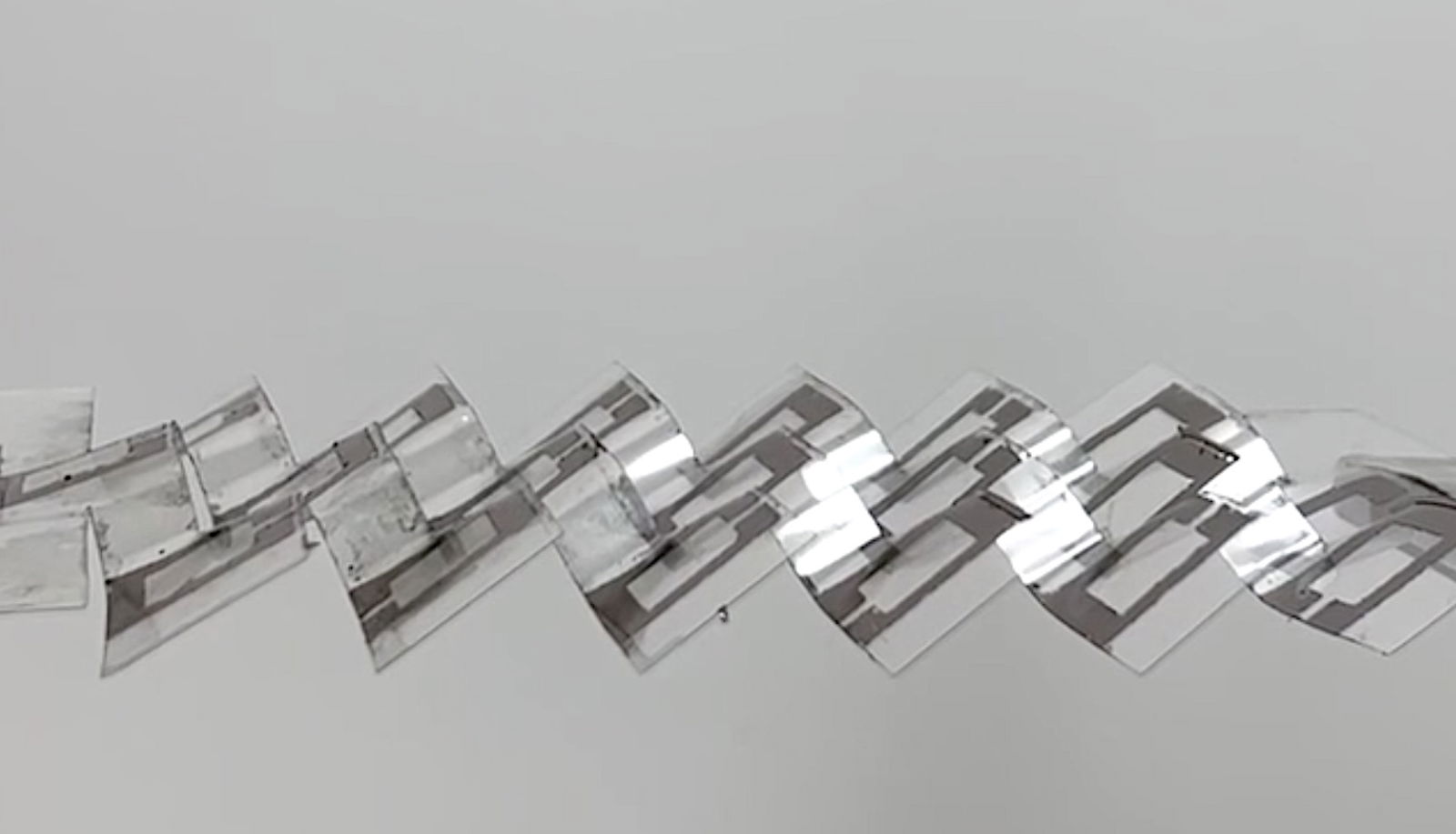Ancient Japanese Paper Art is Helping Researchers Improve Wireless Technology

(Credit: Drexel University)
Kenna Hughes-Castleberry·October 18, 2024
The future of wireless technology is rapidly evolving, and antennas—the core components responsible for transmitting electromagnetic waves—are at the forefront of the industry’s shift. To meet the increasing demands for flexible, durable, and cost-effective antennas, researchers are turning to an unexpected source of inspiration: kirigami, the ancient Japanese art of cutting and folding paper.
A team from Drexel University and the University of British Columbia has combined kirigami with materials science to create a new type of antenna that can change its transmission frequency by simply adjusting its shape. This antenna, described in new research published in
Nature Communications, offers a glimpse into the next generation of wireless communication devices.
What is Kirigami?
Kirigami is a variation of the ancient Japanese art of origami, but while origami focuses solely on folding paper to create intricate designs, kirigami involves both cutting and folding to form more complex, three-dimensional structures. This technique allows for greater flexibility and versatility in design, as the cuts enable the material to expand and shift into new shapes, creating a wide range of dynamic forms from a flat surface. Originally developed for artistic purposes, kirigami has now found applications in fields like architecture and even robotics.
Applying Kirigami to Wireless Tech
By leveraging kirigami techniques, the team transformed a single sheet of acetate coated with a special conductive ink into a flexible 3D antenna that can transmit and receive microwaves. This antenna can adjust its transmission frequency by altering its shape by pulling or squeezing.
“Kirigami is a natural model for a manufacturing process, due to the simplicity with which complex 3D forms can be created from a single 2D piece of material,” Dr. Yury Gogotsi, Distinguished University and Bach Professor in Drexel’s College of Engineering and co-author of the study said in a recent statement.
More:
https://thedebrief.org/ancient-japanese-paper-art-is-helping-researchers-improve-wireless-technology/
